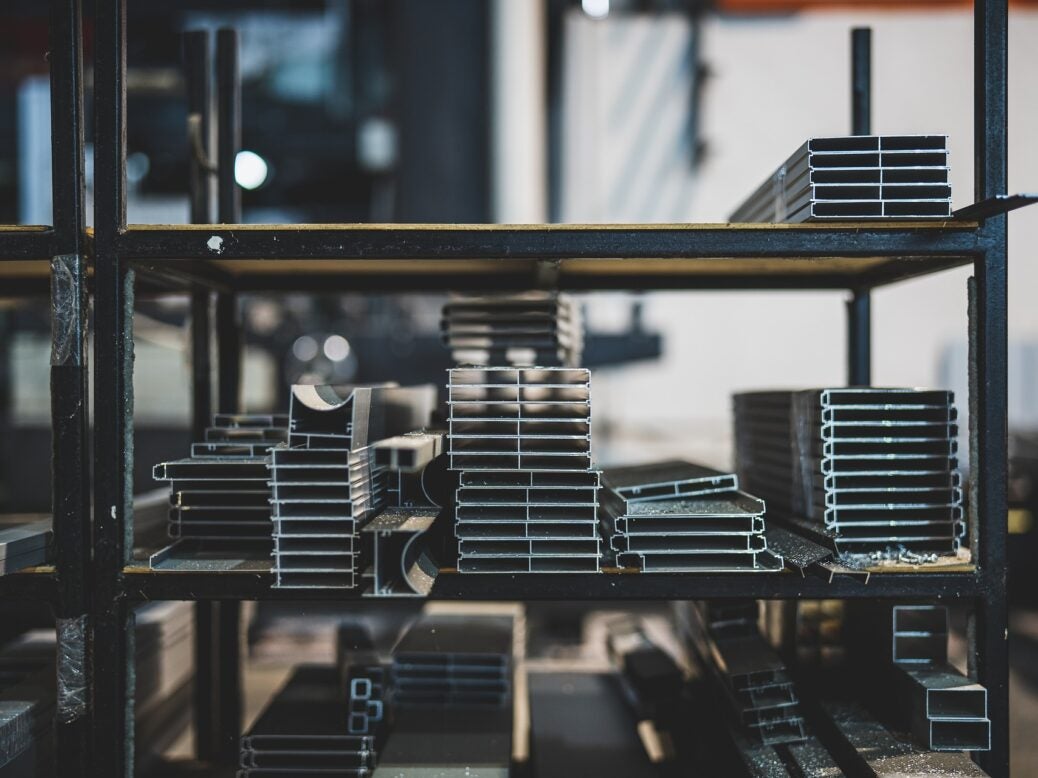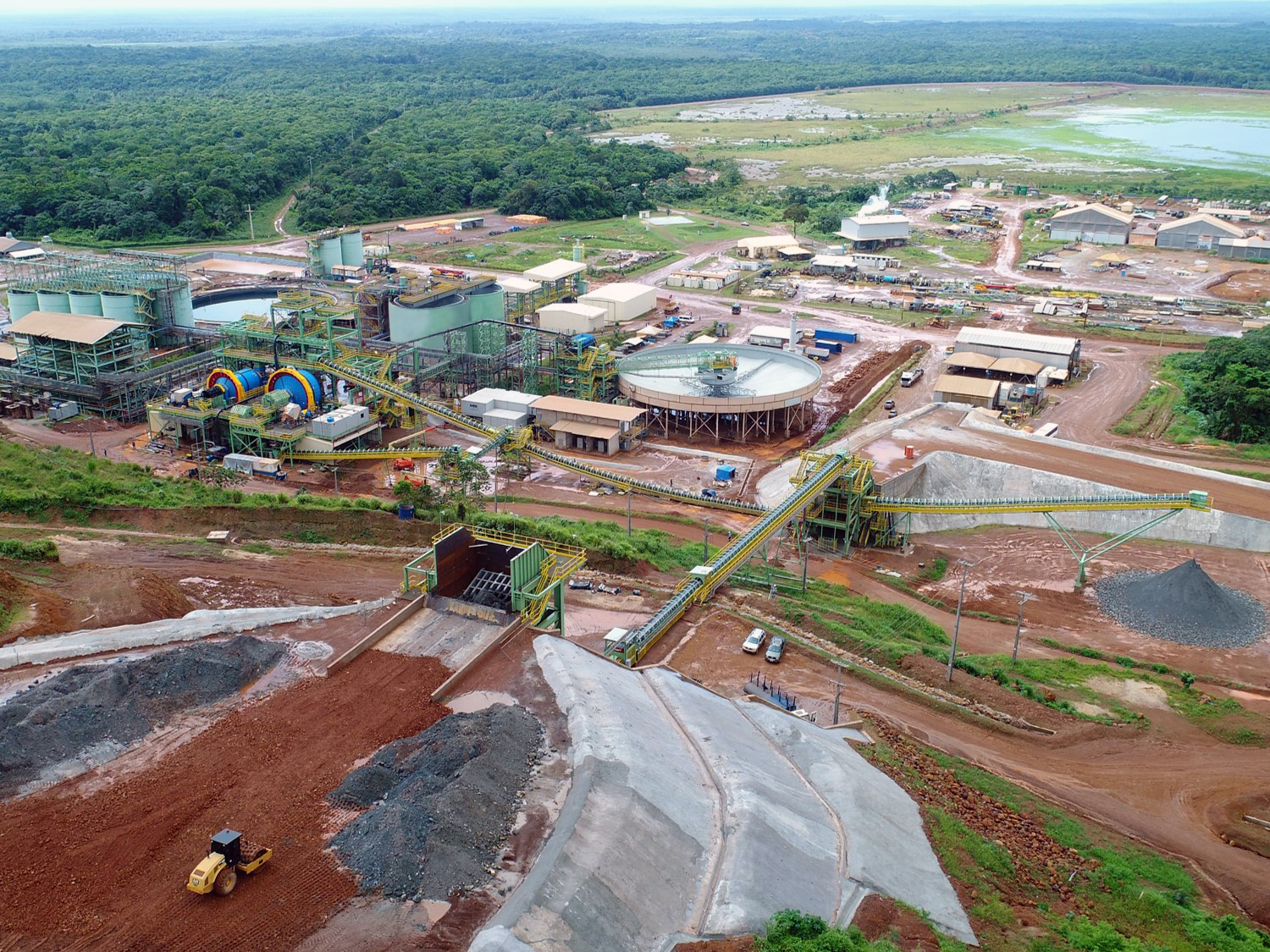South Africa’s Sasol and ArcelorMittal collaborate to produce green steel
The two firms aim to achieve a net zero carbon emissions target by 2050. THAM YUAN YUAN from Pixabay.
South African petrochemicals company Sasol has partnered with steelmaker ArcelorMittal South Africa to explore the use of green hydrogen for steel production.
The partners will also develop carbon capture technology to produce sustainable fuels and chemicals.
Under a joint development agreement (JDA), Sasol and ArcelorMittal will undertake a feasibility study to explore the potential of the Saldanha Bay as an export hub for green hydrogen and derivatives, as well as green steel production.
The two firms will also undertake the Vaal carbon capture and utilisation (CCU) study for the conversion of CO₂ captured from ArcelorMittal South Africa’s Vanderbijlpark’s steel plant into sustainable fuels and chemicals using renewable power and green hydrogen.
Sasol energy business executive vice-president Priscillah Mabelane said: “We are very excited to be leading the pre-feasibility and feasibility studies on these two potential projects that hold promise to unlock South Africa’s potential to be a global green hydrogen and derivatives player.
“These studies are anchored by the local need for green hydrogen and sustainable products, cementing Sasol as the leading contributor to the development of southern Africa’s green hydrogen economy.
ArcelorMittal South Africa expects the two initiatives to position it as the first green flat-steel producer in Africa.
Sasol and ArcelorMittal South Africa aim to achieve a net zero carbon emissions target by 2050.
Furthermore, Sasol reached a memorandum of understanding with Freeport Saldanha Industrial Development Zone to develop a green hydrogen hub and ecosystem within Saldanha Bay.
ArcelorMittal South Africa CEO Kobus Verster said: “These potential projects are an important kick-start to our decarbonisation journey and create an exciting opportunity to contribute to the South African government’s aspirations to transition to a green economy.
“Just as importantly, by maximising the utilisation of our installed assets, we will also be stimulating economic growth in our host communities.”
Share this content:














